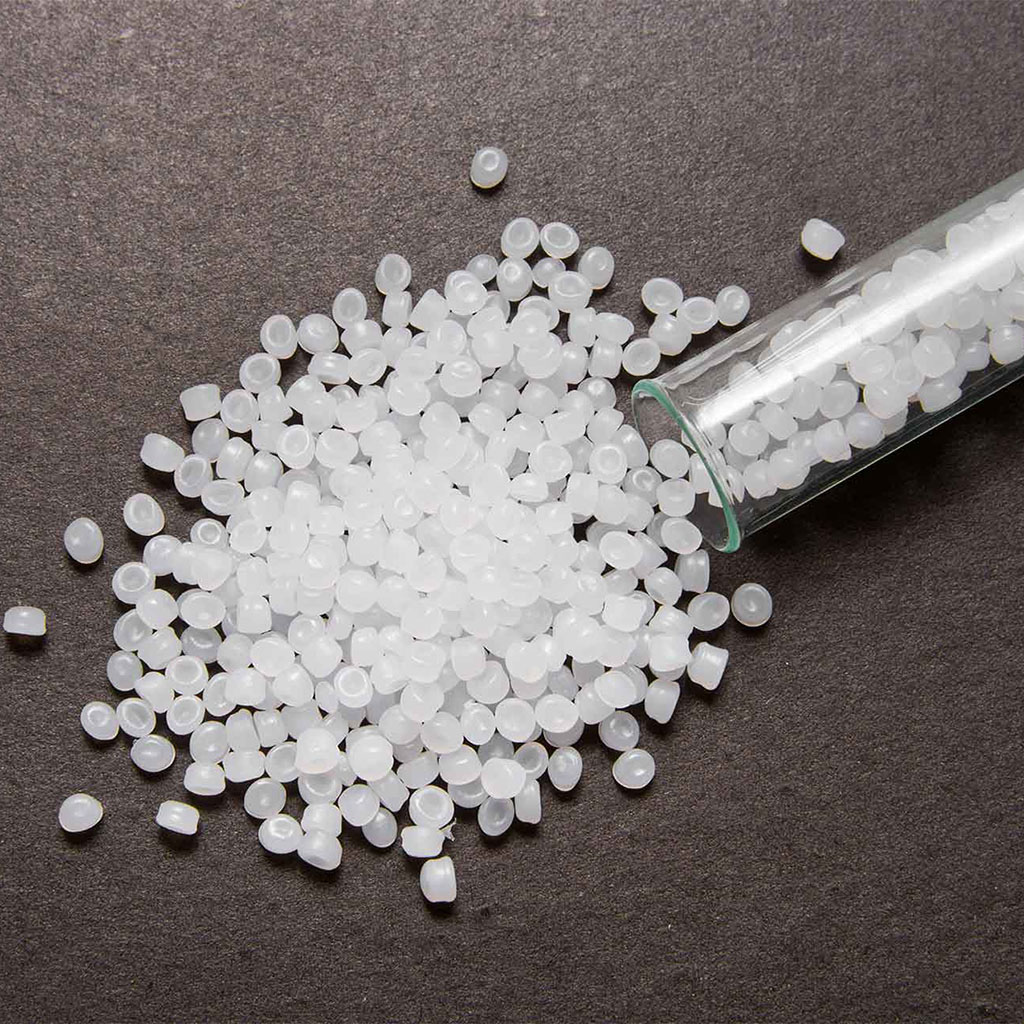Polyethylene is the most widely preferred thermoplastic type in the world. It has a wide range of uses in daily life and industry. Polyethylene is extremely durable and resistant to chemicals.
What is Polyethylene?
Polyethylene (PE) is a thermoplastic used in a wide variety of products. It takes its name from ethylene in monomer form. Polyethylene is produced using ethylene. In the plastic industry, it is generally known as PE. Polyethylene plastic can be low density or high density and can be molded and cast into various shapes. Polyethylene (PE) is a type of material that absorbs very little water, is hard, strong, durable and dimensional stable.
Today, polyethylene production processes are generally divided into two categories: “high pressure” and “low pressure”. While ordinary low density polyethylene (LDPE) is generally obtained with the “high pressure” operation category, high density (HDPE) and linear low density (LLDPE) polyethylene are obtained with the “low pressure” category.
Polyethylene is obtained by polymerization of ethylene. The polymerization method is done by radical polymerization, anionic polymerization, ion coordination polymerization and cationic polymerization methods. Different types of polyethylene are obtained from these methods. As of 2017, more than 100 million tons of polyethylene resin are produced annually. These accounts for 34% of the entire plastics market.
What are the Types of Polyethylene (PE)?
Polyethylene is classified into various categories based on density and chemical properties. They are categorized based on their mechanical properties, molecular weight, crystal structure and branching types.
Low Density Polyethylene (LDPE)
Low density polyethylene production is carried out under very high pressure (1000 -3000 atm) at medium temperatures (420-570 K). Ethene with a purity of very close to 100% is compressed and passed into a reactor with an initiator. The molten polyethene is removed, squeezed and cut into granules. Unreacted ethene is recycled. The average polymer molecule contains 4000-40,000 carbon atoms.
There are approximately 20 branches per 1000 carbon atoms. Bound molecular mass and branching affect the physical properties of LDPE. LDPE is generally amorphous and transparent with about 50% crystallinity. Branches prevent molecules from getting close to each other and therefore have low density. The type with the highest amount of branching is low density polyethylene.
LDPE is one of the most demanded polymers. It is economical. It is mostly used in plastic bags, light bottles and low-strength stretch films.
High Density Polyethylene (HDPE)
The density of high density polyethylene (HDPE) varies between 0.940-0.970 g/cm3, and its molecular structure is different from low density polyethylene. There is very little branching on long carbon chains. It is resistant to water and chemicals. It is not as resistant to light and outdoor conditions as LDPE. It is possible to make it more resistant with special fillings. They have high impact and tensile strength. It is possible to improve it further with some fillers. Temperature resistance is over 100 degrees.
General Properties of Polyethylene
Easy to weld
Good machining feature
low wear
Ability to isolate electricity
High strength


